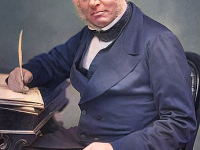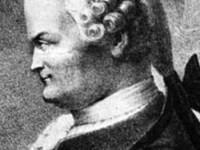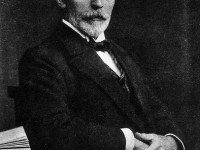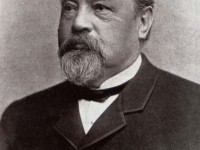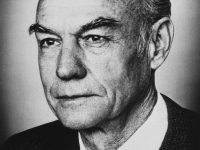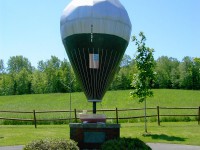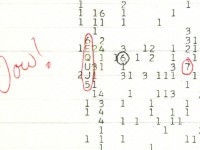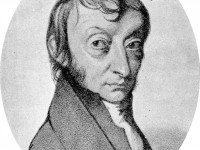John William Mauchly and the Electronic Computer
On August 30, 1907, US-American physicist John William Mauchly was born. Along with J. Presper Eckert, Mauchly designed ENIAC, the first general purpose electronic digital computer, as well as EDVAC, BINAC and UNIVAC I, the first commercial computer made in the United States. Together they started the first computer company, the Eckert-Mauchly Computer Corporation (EMCC), and pioneered fundamental computer concepts including the stored program, subroutines, and programming languages. Childhood and Education John…
Read more


